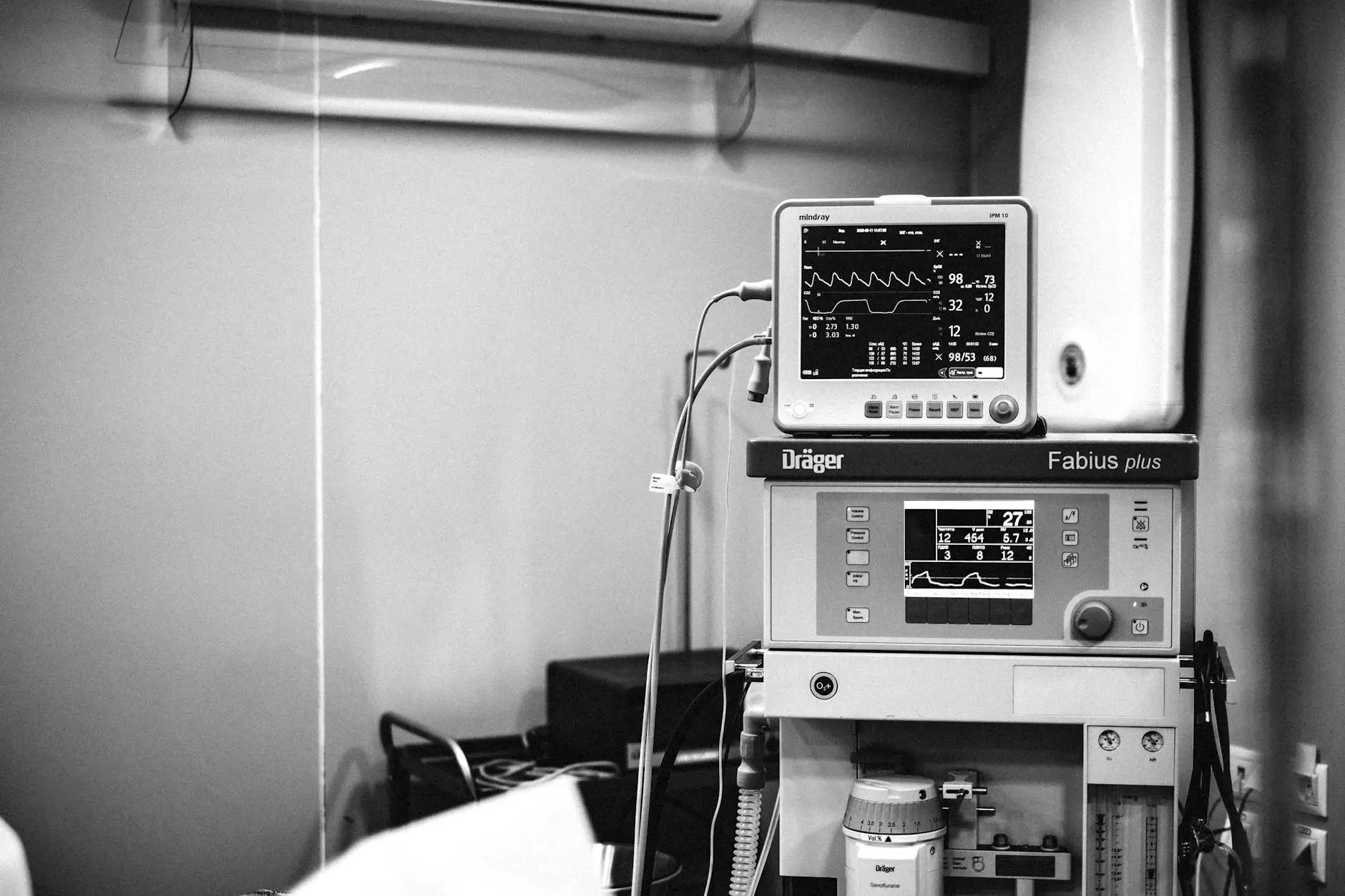Hemispherectomy Brain Surgery for Epilepsy

Introduction
Welcome to Foley James D MD, a trusted source of information on hemispherectomy brain surgery for epilepsy. In this comprehensive guide, we will provide you with detailed insights into this surgical procedure, including its benefits, risks, and the recovery process.
Understanding Hemispherectomy
Hemispherectomy is a surgical procedure performed to treat epilepsy that is unresponsive to medication. It involves the removal or disconnection of a hemisphere (half) of the brain, effectively reducing the occurrence and severity of epileptic seizures.
Benefits of Hemispherectomy
By opting for hemispherectomy, individuals with severe epilepsy can experience notable improvements in their quality of life. Here are some of the benefits:
- Significant reduction in the frequency and intensity of seizures
- Improved cognitive functioning and overall brain development
- Enhanced motor skills and physical abilities
- Reduced reliance on medications
Risks and Considerations
Like any major surgical procedure, hemispherectomy carries certain risks and considerations. These include:
- Bleeding and infection
- Changes in vision, speech, or mobility
- Absence of anticipated benefits
- Potential need for further surgeries or interventions
It is important to discuss these risks thoroughly with Foley James D MD, who will provide you with an individualized risk assessment based on your specific medical history and condition.
The Hemispherectomy Process
It is essential to understand the step-by-step process of hemispherectomy before making an informed decision. Here is an overview of what you can expect:
Preparation and Evaluation
Prior to the surgery, comprehensive evaluations will be conducted to determine your eligibility. These evaluations may include neurological tests, imaging scans, and electroencephalograms (EEG).
Anesthesia and Incision
During the surgery, you will be placed under general anesthesia to ensure a pain-free and comfortable experience. An incision will be made in your scalp to access the targeted area of the brain.
Brain Disconnection/Removal
The hemispherectomy procedure involves disconnecting or removing the affected hemisphere of the brain. The surgical team will carefully navigate through the brain tissue to minimize any damage to healthy areas.
Closure and Recovery
After the necessary disconnection or removal is completed, the incision will be closed using sutures or staples. You will be closely monitored in the recovery room before being transferred to a hospital room for post-operative care.
Recovery and Rehabilitation
Recovery from hemispherectomy surgery varies from person to person but often involves a carefully tailored rehabilitation program. Foley James D MD will provide guidance on recovery milestones, medication management, and follow-up appointments.
Post-Surgery Support
Following the surgery, it is crucial to have a strong support system in place. Foley James D MD and his dedicated medical team will guide you through the recovery process, with regular check-ups and ongoing support.
Monitoring and Managing Seizures
Post-surgery, seizure management remains an important aspect of epilepsy care. Foley James D MD will work closely with you to develop a personalized seizure management plan, which may include medication adjustments and lifestyle modifications.
Conclusion
Hemispherectomy brain surgery for epilepsy can be a life-changing procedure for individuals with uncontrolled seizures. At Foley James D MD, we prioritize patient care and strive to provide the highest standard of surgical expertise.
Contact us today to schedule a consultation and learn more about the potential benefits of hemispherectomy for your specific condition. Achieve a better quality of life through our trusted surgical solutions.










